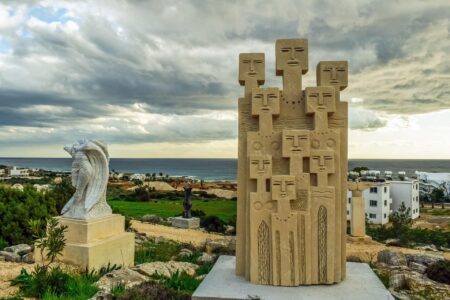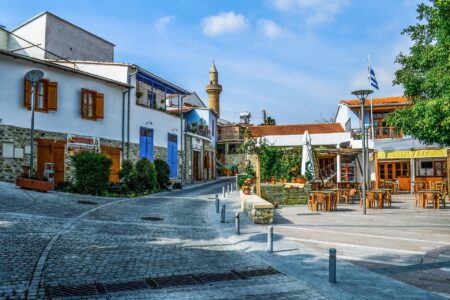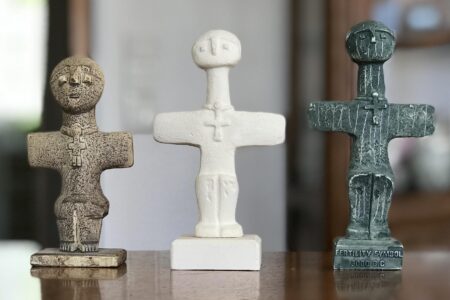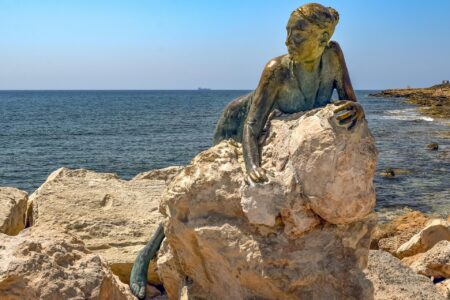The Carnival in Limassol, considered one of the most vibrant and spectacular events in Cyprus, attracts thousands of participants and spectators from around the world. This annual event, held before Lent, combines tradition, culture, and indescribable joy.
History and traditions
The Carnival in Limassol has a rich history dating back to the Middle Ages when the Venetians and French brought their pre-carnival traditions to the island. Despite the Greek Orthodox majority, the carnival is reminiscent of famous events such as Mardi Gras in New Orleans and the Rio de Janeiro Carnival. The carnival symbolizes the beginning of spring and provides the residents and visitors of Limassol an opportunity to express their faith and optimism for the coming year.
Main events
The Limassol Carnival lasts about ten days and includes numerous events, each attracting a multitude of participants and spectators:
- King carnival parade: The parade kicks off with the entry of the King or Queen of Carnival, often depicted in a satirical manner. This symbolic event, which takes place throughout the city, marks the start of the festive activities.
- Children’s carnival: An important part of the carnival is the parade for children, held on the first Sunday of the celebrations. Children dress up in costumes and parade through the streets of the city, creating an atmosphere of joy and fun.
- Grand parade: The final and most grandiose event of the carnival is the Grand Parade, which takes place along the main street of Limassol. It features more than 150 floats and around 50,000 participants. This spectacular procession is accompanied by music, dancing, and performances.
- Masquerades and balls: Throughout the festive days, numerous masquerades and balls are held, where participants can showcase their costumes and enjoy dancing and music. Popular themes include clowns, pirates, ancient Greek gods, and characters from modern films and musicals.
Cultural significance
The Limassol Carnival is not only entertainment but also an important cultural event that strengthens local identity and traditions. The celebration allows people from different social strata and cultural backgrounds to come together and feel a shared sense of belonging to the city. Traditional songs, dances, and rituals are passed down from generation to generation, making the carnival a vital part of the intangible cultural heritage.
Role of modern technology
Modern technology plays a crucial role in the organization and execution of the carnival. Television, social media, and the internet allow people from around the world to follow and virtually participate in the carnival events. Additionally, the integration of digital solutions helps improve event management and ensures the safety of participants and spectators.
The Carnival in Limassol is a bright and unforgettable event that combines tradition and modern trends. It is a time when residents and visitors can escape from their daily routines and immerse themselves in an atmosphere of fun and joy. Regardless of age or nationality, everyone will find something to enjoy at the carnival, whether it’s participating in parades, masquerades, or simply savoring the festive atmosphere.
















